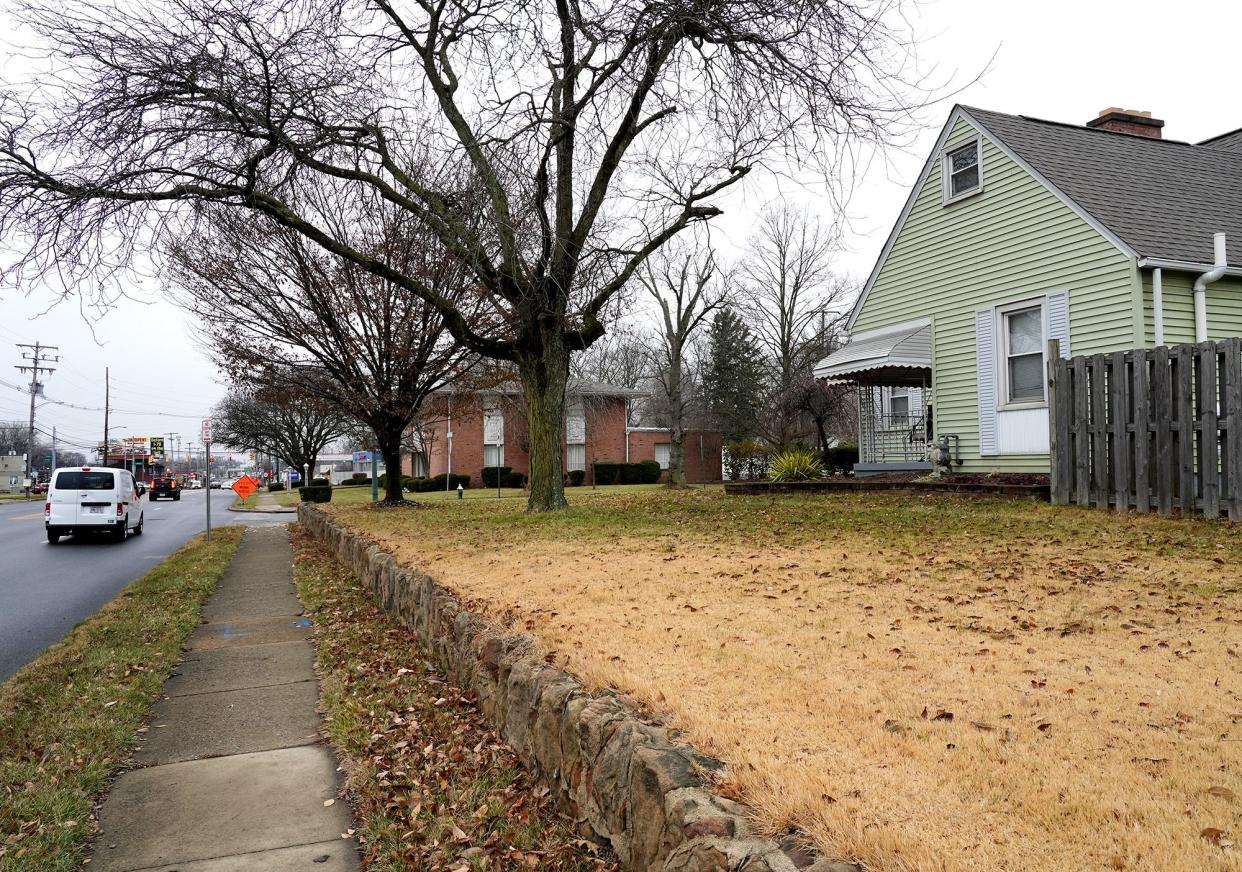Ginther: Columbus area communities must stop adding jobs without allowing new homes, people

Andrew J. Ginther is mayor of the city of Columbus.
It’s been a little more than a year since the announcement that Intel is coming to the Columbus region.
Since that announcement, central Ohio has welcomed 47 company expansions and new locations, including the new Honda-LG battery plant in Fayette County, Hyperion’s decision to establish manufacturing operations in Columbus and the expansion of Columbus-based BBI Logistics.
Intel VP:Intel a year later: Bury the Rust Belt. Ohio future changing before our eyes
More:Honda to spend billions on Fayette County battery plant
Since the Intel announcement, we added 26,200 jobs to our region but built only 12,289 new homes.
That is just a little more than one housing unit for every two jobs added to our community.
What is the housing reality in central Ohio reality?
A recent study by the Building Industry Association of Central Ohio found that in order to accommodate our growth and make up for the last decade of underbuilding of housing, we need to build one new home for every job we add moving forward. Clearly, we missed the goal in 2022. We’re on pace to miss it again in 2023.
More:Columbus area needs to double housing construction to meet demand, report finds
Underbuilding housing has consequences. In 2022, rent for a two-bedroom apartment rose more than 13%, from $1,105 per month to $1,249. The price of the average house in Central Ohio went up 10%, from $290,847 to $318,581.

In order to buy that average house in central Ohio, you need an annual household income of nearly $130,000; to rent that average apartment, you need a household income of $45,000 per year.
That means in our community today, the one third of our working families who have a household income of less than $50,000 per year can’t afford to rent a two-bedroom apartment, and more than two thirds of our families don’t earn enough to buy a home.
What will happen if we don't address housing scarcity?
We must act now. At this pace, by 2030, our housing demand will eclipse our housing supply—we’ll be at a ratio of 0.96 houses to households.
At this critical level of housing scarcity, we will see dramatic losses in affordability for all the region’s residents. The renters that support our restaurants, healthcare, education and basic public services will be forced to make painful compromises to keep their housing.
The workforce staffing our new and growing companies will leave for other cities where they can afford to buy a home and improve their quality of life, and we will see more families lose their housing and experience homelessness.
The housing scarcity we’re facing is not a forgone conclusion. It is a policy choice.
What can we do?
As our region has grown, we’ve built fences around the places of high opportunity and priced certain neighbors out from accessing those opportunities. We all need to look at how our zoning codes and the regulatory and permitting challenges we put on housing development is leading to underproduction of housing to serve our region.
If some of our communities continue to bring in new jobs while closing their doors to new residents, it will have consequences for all of us.
The housing market will destabilize, making it difficult for businesses to hire and retain workers, forcing some to close and others to relocate. And residents living on the edge of housing stability, which are disproportionately people of color, will experience homelessness.
The city of Columbus is leading the way toward enhancing housing affordability by committing to update our zoning code, pursuing regulatory reforms, updating our incentives and investing more than $250 million in affordable housing.
We’ve seen some neighboring communities step up to the challenge. Bexley, Whitehall, Worthington and Reynoldsburg have all taken meaningful steps to welcome and protect residents of lower income levels.
But those fences are still up in other central Ohio communities. Municipalities that have been bringing in new jobs without allowing new residents must recognize the consequence of these policies and join us as part of a regional solution.
We must work together to build more places for people to live within our existing thriving neighborhoods. When we do, it doesn’t just counter the negative consequences of growth. It benefits the people who already live here. A well-populated area attracts more things to do – more places to shop, work, eat, drink and play. That means spending less time on the road and more time enjoying our own communities.
Our region is rapidly growing, and we should be proud of that. But as we grow, housing must be the priority, not an afterthought. We’ve seen too many metropolitan areas lose the qualities that made them attractive in the first place because they didn’t address housing needs until it was too late.
The Columbus region is determined to grow the right way, starting with welcoming new neighbors.
Andrew J. Ginther is mayor of the city of Columbus.
This article originally appeared on The Columbus Dispatch: Andrew J. Ginther: How should Columbus region handle housing crisis?

